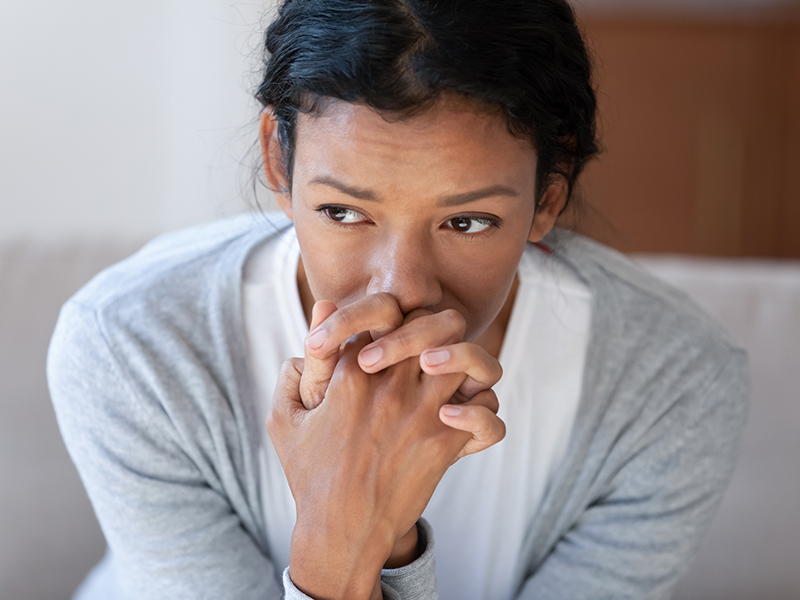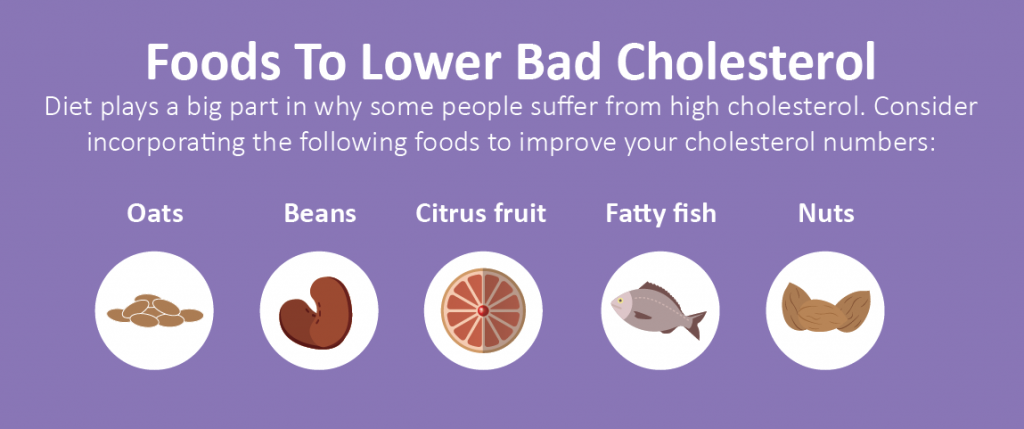5 Ways to Cope with Pandemic Re-entry Anxiety
With the COVID-19 vaccine becoming much more widely available across the country, the topic of returning to in-person work, school and other activities is being discussed constantly. However, the country’s reopening coincides with the spread of the Delta variant of the coronavirus, which accounts for more than half of all COVID-19 cases in recent weeks. Returning to pre-COVID life amid this latest development can understandably cause feelings of uncertainty or re-entry anxiety. But we’re here to help — so you can Live Well Work Well – in September 2021.
What Is Re-entry Anxiety?
Re-entry anxiety is an overall uneasiness or uncertainty about returning to the way things were before the pandemic. This feeling may be triggered when meeting socially with friends and family, going back to the workplace or pursuing other important aspects of social interaction. It might be difficult to get reacclimated, but it’s important to remember that you’re not alone.
Managing Your Re-entry Anxiety
Different people have different coping strategies, but there are some common ways everyone can cope with re-entry anxiety. If you’re feeling anxious as you transition back to your pre-COVID-19 life, consider the following five coping tips:
- Start small and gradually build up to more significant social interactions. Don’t rush into anything.
- Set boundaries by letting other people know what you’re comfortable with. There’s no need to apologize for not wanting to do something, so clearly explain how you feel and also be respectful of others.
- Make a post-pandemic bucket list to shift your thinking from anxious to positive. A lot has changed due to the pandemic, but you can focus on the new possibilities.
- Do what makes you happy, even if only for a few minutes each day. It’s important to engage in something fulfilling for yourself regularly.
- Take care of yourself and set aside time every day to relax and reset your mind.
Re-entry anxiety can be alleviated when managed in a healthy way. If you’re worried about your mental well-being, reach out to a doctor or mental health professional to ensure that you’re getting the help you need as you make a return to everyday life.
Cholesterol and You
Did you know one in three American adults has high cholesterol? Cholesterol is a waxy substance found in your blood. Your body needs it to build cells, but too much can pose a problem. Cholesterol travels through the blood on proteins called lipoproteins. There are two types of lipoproteins:
- LDL (low-density lipoprotein)—known as bad cholesterol—makes up most of your body’s cholesterol. High levels of LDL cholesterol can increase your risk for heart disease and stroke.
- HDL (high-density lipoprotein)—known as good cholesterol—absorbs cholesterol and carries it back to the liver to be flushed from the body.
Bad cholesterol can be elevated by certain factors, including obesity, physical inactivity, unhealthy diet, smoking, excessive alcohol use and family history. High cholesterol usually has no symptoms, so it’s best to have a cholesterol screening every four to six years and discuss lifestyle risks with a doctor.
Breathing Exercises for Anxiety
When anxious, you tend to take rapid, shallow breaths from the chest. Chest breathing can result in increased heart rate, dizziness and muscle tension. During abdominal or diaphragmatic breathing, you instead take even deep breaths, which reduces the amount of work your body needs to do to breathe.
If you’re feeling breathless because of anxiety, try the following techniques to alleviate symptoms:
- Equal breathing—From a sitting or lying-down position, inhale for the same amount of time as you’re exhaling. Try using a four-second count.
- Mindful breathing—Focus on your breathing and bringing your mind’s attention to the present. Don’t let your mind drift to any concerns.
- Slow breathing—You normally take 10 to 20 breaths per minute, so strive to take four to 10 breaths per minute.
- Resonant breathing—Lie down and close your eyes. Gently breathe in through your nose for six seconds and exhale for six seconds.
If these types of breathing feel challenging, try again in a day or so, or build up the time gradually. If your anxiety persists or gets worse, contact your doctor.

Check out last month’s edition of Live Well Work Well – August 2021.
All of us here at CoverLink wish you continued health and safety this year!


